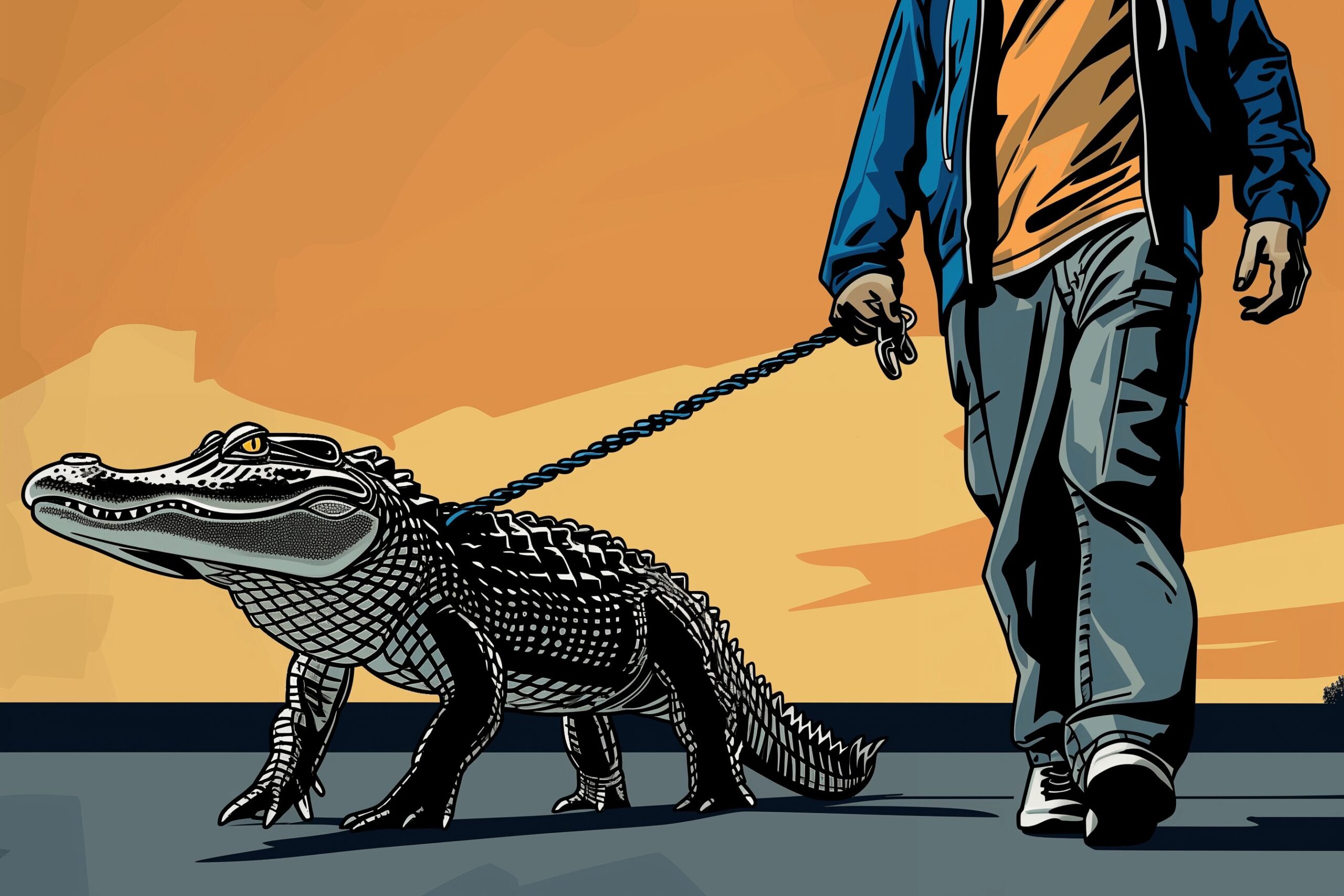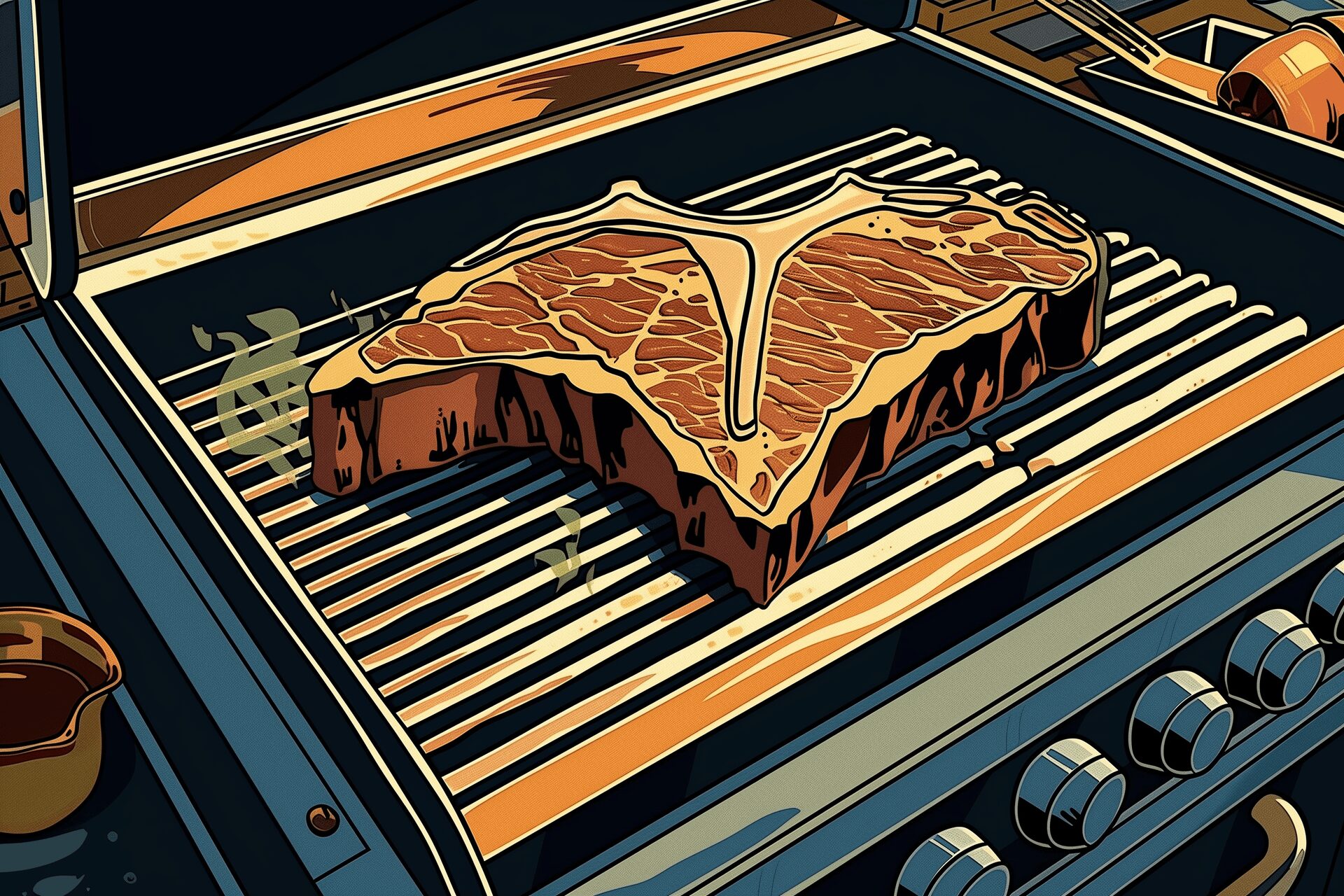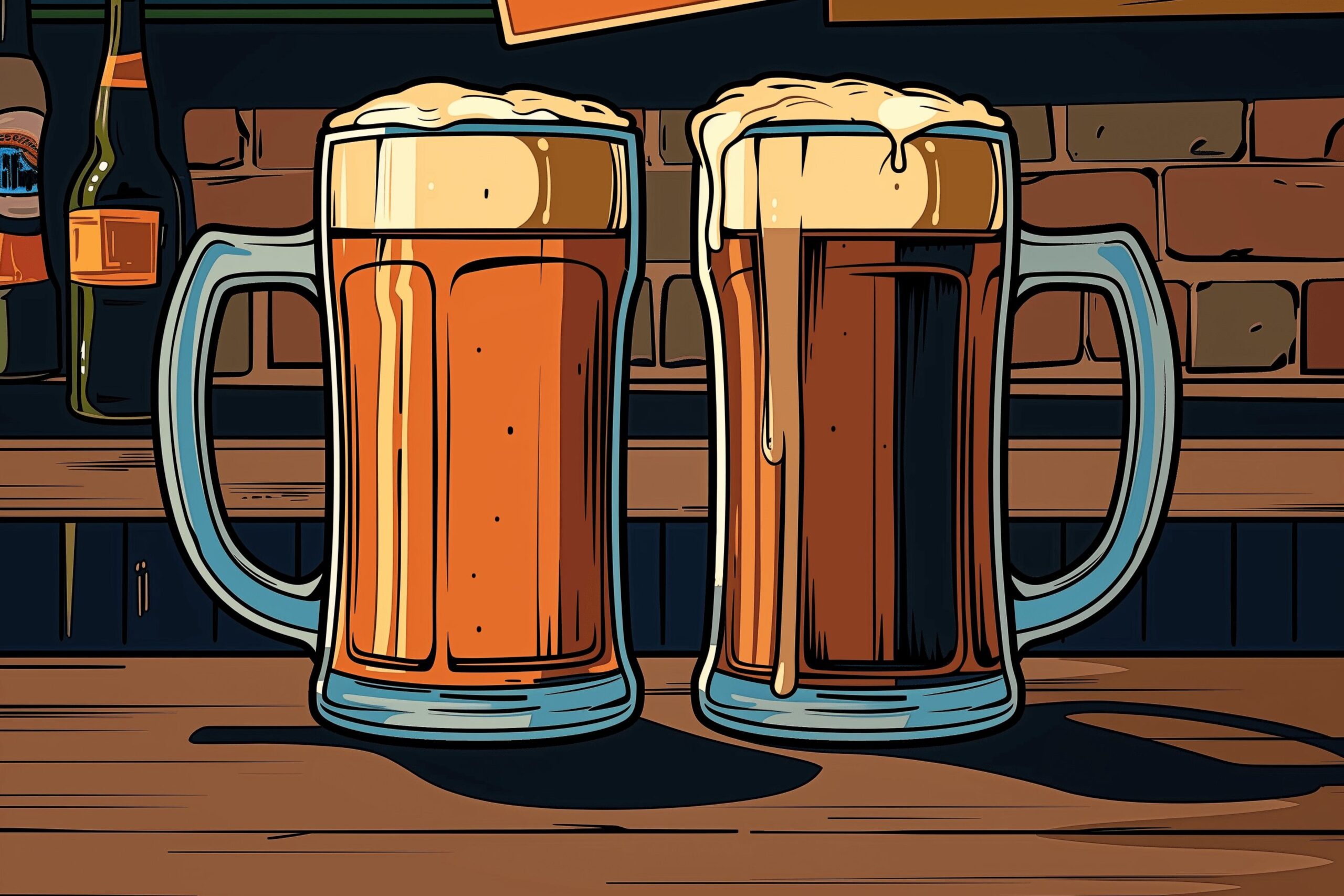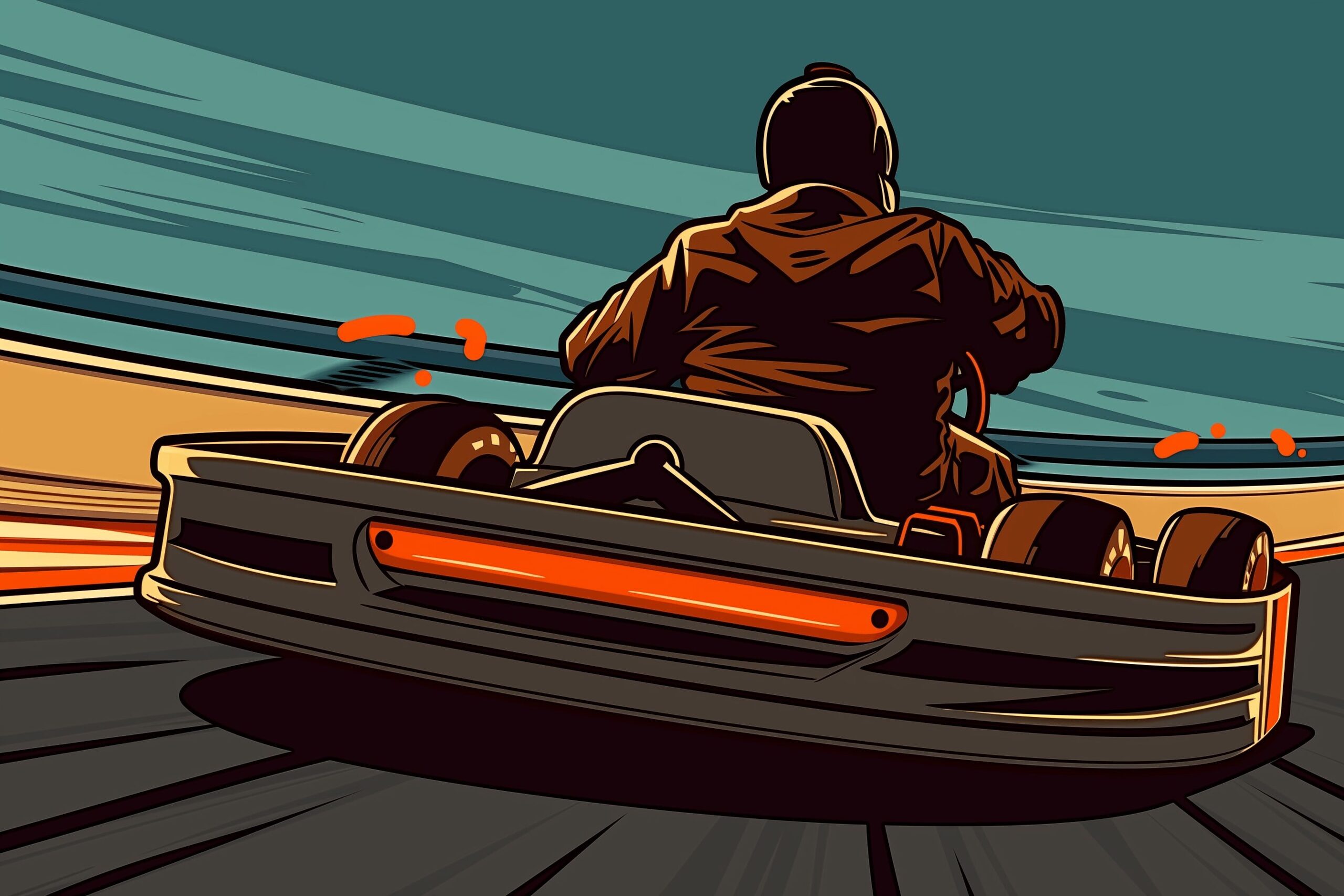Am I Going Bald? Signs to Look Out For
Jul 21, 2022

As an Amazon Associate, Modded gets commissions for purchases made through links in this post.
Have you seen a few more hairs on the shower drain or think you’re starting to see more skin when you use a comb? Have you then wondered, ‘Am I going bald?’
Losing hair is a part of life for many men, but there are some signs to look out for if you think you could end up with total hair loss.
Androgenetic alopecia or male-pattern baldness, is a genetic condition men tend to face as they age. 70% of men will experience hair loss, and 25% will start shedding it before they are 21.
Genes from both your mother’s and father’s sides of the family can influence baldness. Men with family members who experience baldness also tend to go bald, but it’s a complicated process that scientists are still studying.
Hair Growth Cycle
Before you grab a mirror or change your hair care routine, it’s important to know that losing some hair regularly is normal and that your hair goes through a growth cycle. The cycle of hair growth is as follows.
- Anagen – This is the initial hair growth phase when the hair first emerges from your head.
- Catagen – This is the next phase where the diameter of your new hair regresses and “club hair” forms.
- Telogen – The stage where your hair is dormant. It is done actively growing but is unlikely to fall out.
At the end of the cycle, hairs fall out and the process starts over. As new hair forms, it pushes out the old. Thanks to that process, losing around 50-100 hairs per day is normal. You won’t see baldness until hair follicles stop entering the anagen phase.
Now that you know what to expect with average hair growth and loss, here’s what to look out for if you think you’re going bald.
Treatments are available to help slow hair loss in the early stages, so it’s good to know what to look out for if you want to keep your locks.
Less Hair Around Your Temples
Hair loss will likely begin around your temples and the back of your head. Look to see whether you notice more skin peeking out from behind your hair or use two mirrors to see if you notice thinner hair around your crown.
You may notice you’re losing hair in these areas but that you still have thick hair below your ears. That’s because genetic hair loss doesn’t seem to affect this area.
It may be hard to determine if you’re seeing thinning in these areas, especially if you have light-colored hair. Ask a friend or family member you don’t see every day or check in with your regular barber to see if they notice any changes. You could also compare your current appearance with older pictures.
Receding in Front
One of the most well-known signs of going bald is a receding hairline. It happens when your hair starts thinning away from its typical border with your skin.
This symptom is one of the easiest to notice as more skin will start appearing around the top and sides of your head.
When your hairline starts receding, it may begin unevenly. Several men will see a change in the shape of their hairline as it decreases.
Don’t panic if you notice your hairline receding. It’s a common form of hair loss and scientists developed medications to slow the process down if you choose to explore those options. Just be sure to talk to your doctor before taking any new medicines.
Thinning on Top
A slower process of hair loss is thinning at the top of your head. This can be harder for others to tell but easier for you to notice.
Run your hand through your hair. If you notice that your hair feels lighter or you can touch more of your scalp than usual, you’re likely experiencing thinning in that area.
Others may not notice the thinning on the top of your head unless they’re looking down at it. You can also style your hair to cover up thinning in its early stages.
What Else Causes Baldness?
Though male-pattern baldness is caused by genetics, balding can also be caused or sped up by other conditions or habits.
Other causes include:
- Stress: Extreme stress can cause your body to react by putting follicles in a resting phase, so new hair doesn’t appear when older hair falls out. This usually is temporary as relief from the stress will cause the bristles to become active again.
- Medications: Hair loss can be related to medications, including some for cancer, high blood pressure, depression, arthritis and heart disease.
- Medical Conditions: Hair loss can be caused by skin or immune conditions, such as ringworm or alopecia areata.
If losing your hair seems unusual or too soon, speak to a doctor about your concerns and rule out any medical causes.
Embracing Your Scalp
Going bald is a natural part of life for many men and is nothing to be embarrassed about. Many men feel the bald look suits them.
Whether or not you decide to remedy the situation, it’s good to embrace your revealed scalp as it happens and accept yourself for it. At the very least, you’ll save time in the shower.






